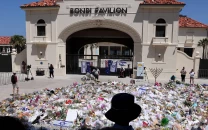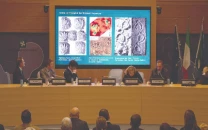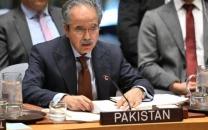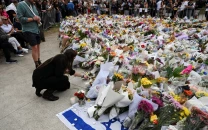Apartheid massacre site added to UNESCO list
.

UNESCO added Saturday the scene of an apartheid-era massacre and a village where Nelson Mandela lived as a boy to its World Heritage List, in an entry honouring South Africa's struggle that ended white-minority rule 30 years ago.
The new listing is made up of 14 locations across South Africa grouped by UNESCO as "Human Rights, Liberation and Reconciliation: Nelson Mandela Legacy Sites".
They include the scene of the 1960 Sharpeville massacre when police shot dead 69 black protestors, including children, in a turning point in the struggle that led the apartheid government to ban the African National Congress (ANC) that now governs.
Also on the list is the University of Fort Hare in the Eastern Cape province where anti-apartheid figurehead Mandela studied and the remote village of Mqhekezweni where he said in his autobiography, "Long Walk to Freedom", that his political activism was first stirred.
"I congratulate South Africa on the inscription of these sites of memory,



















COMMENTS
Comments are moderated and generally will be posted if they are on-topic and not abusive.
For more information, please see our Comments FAQ